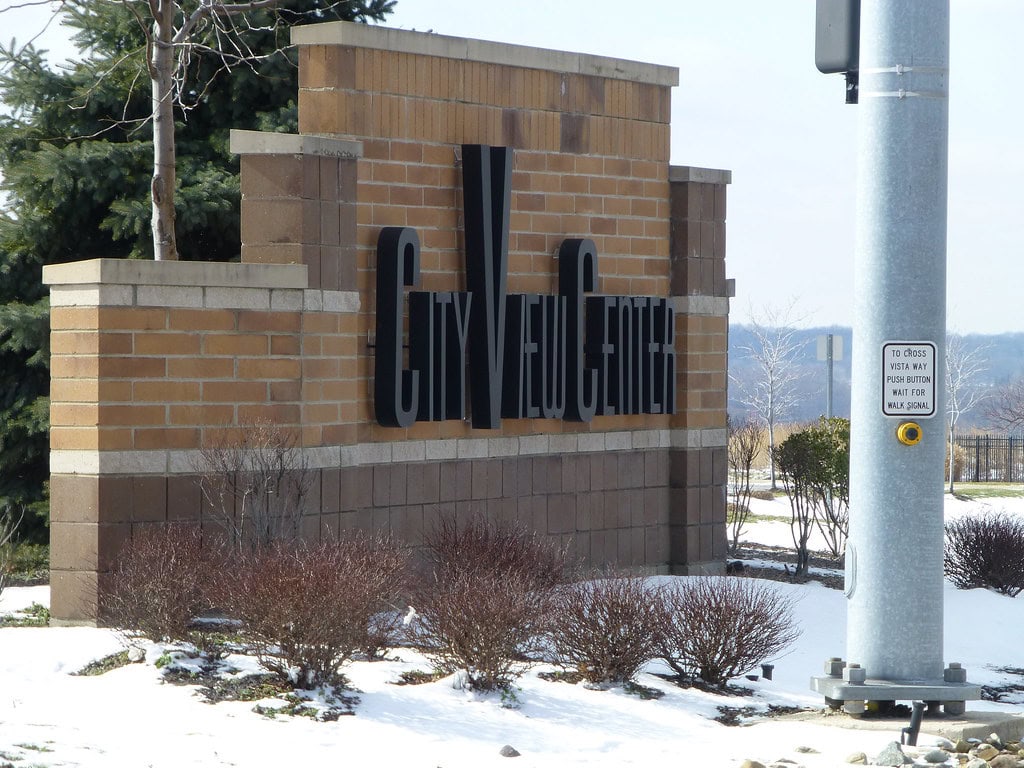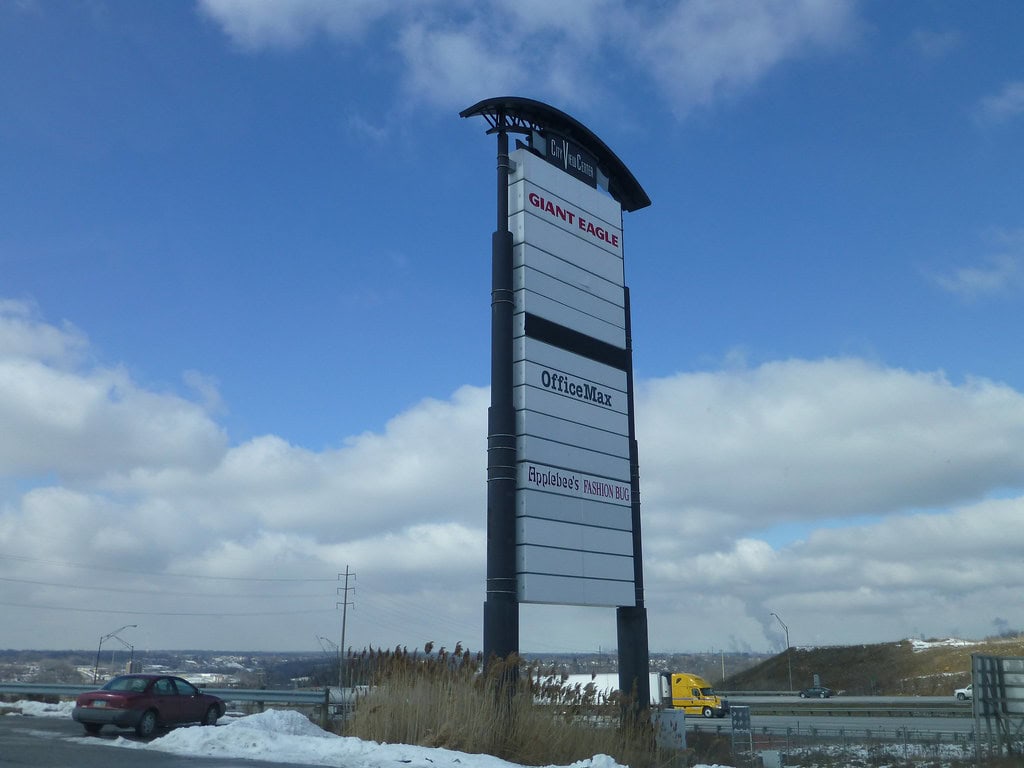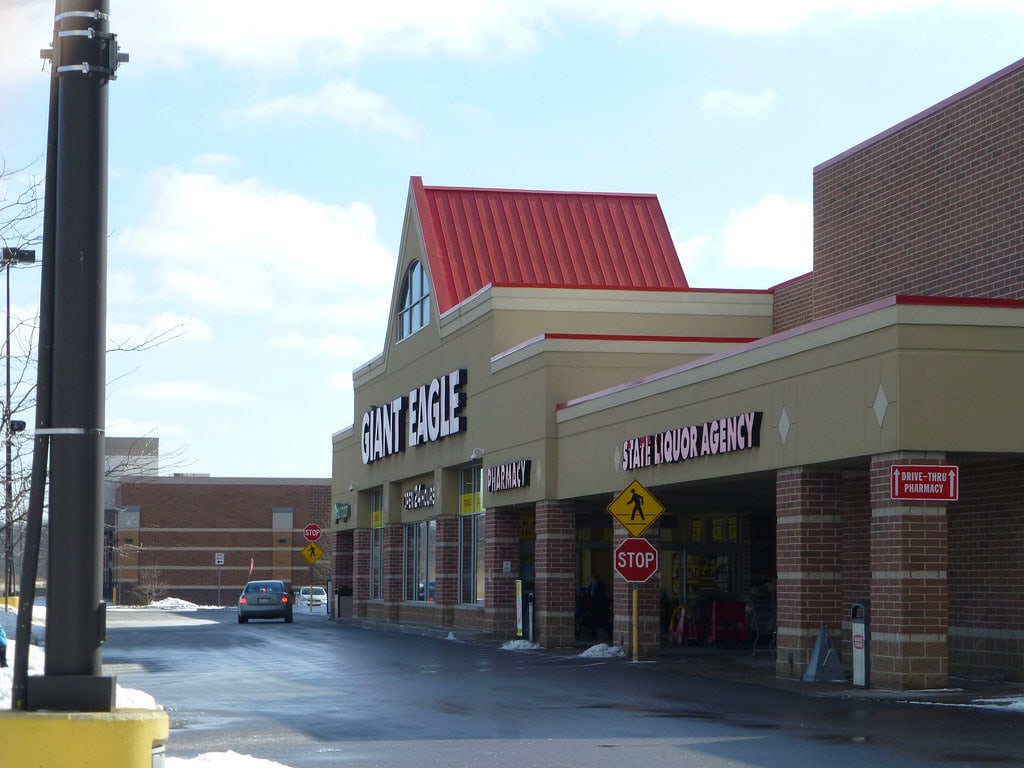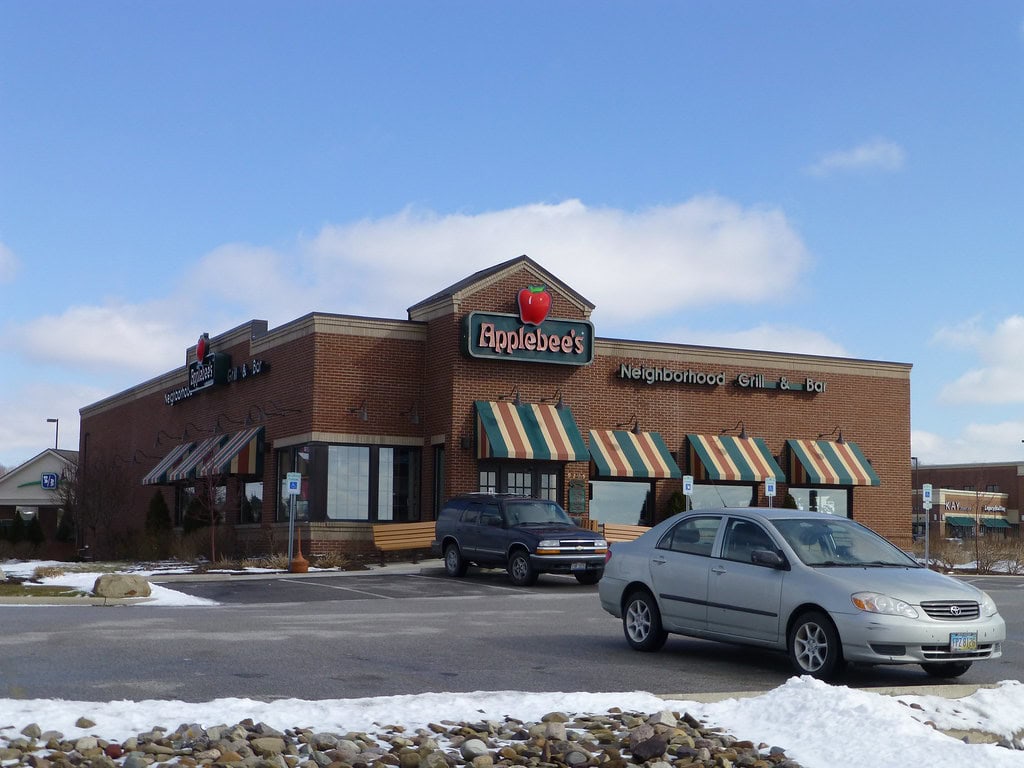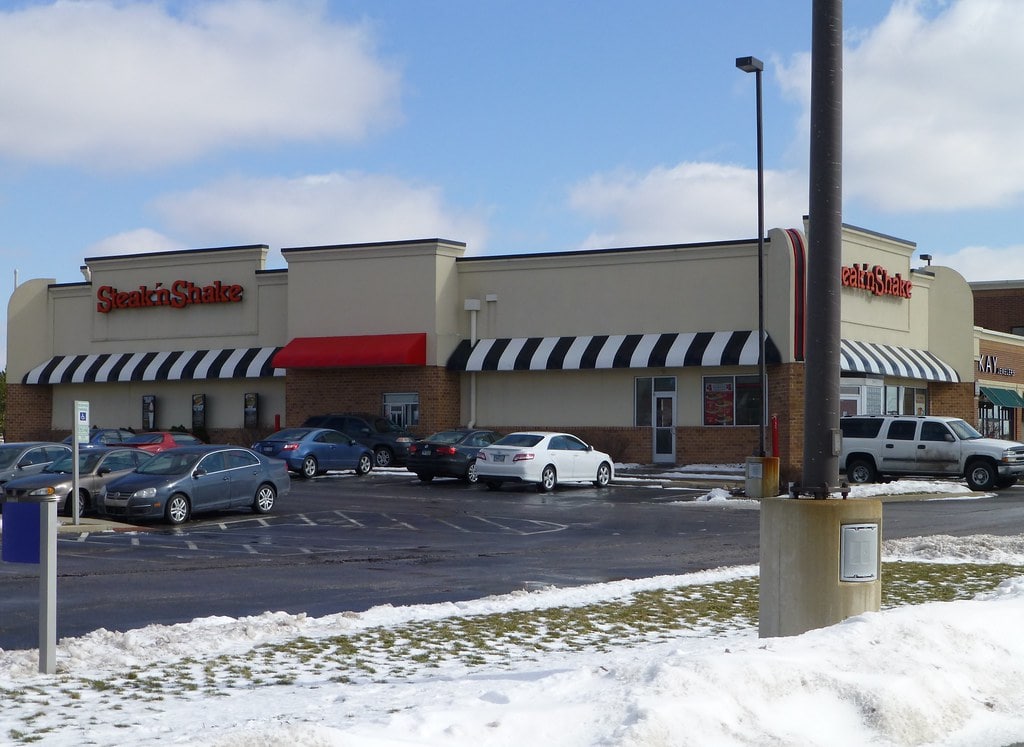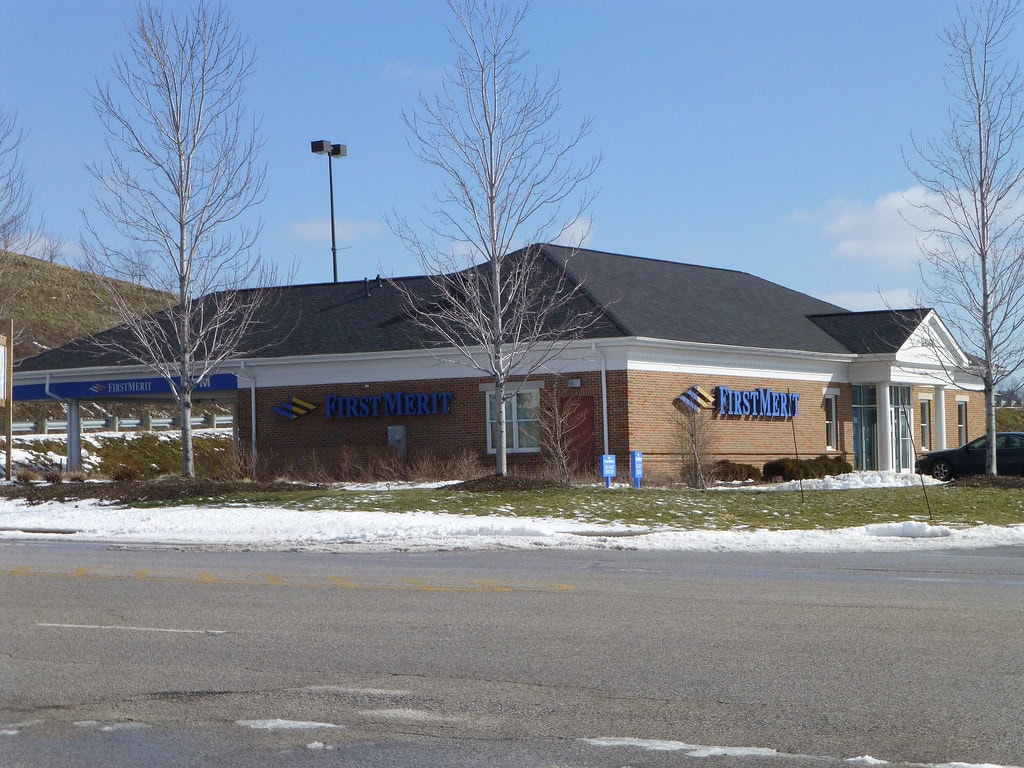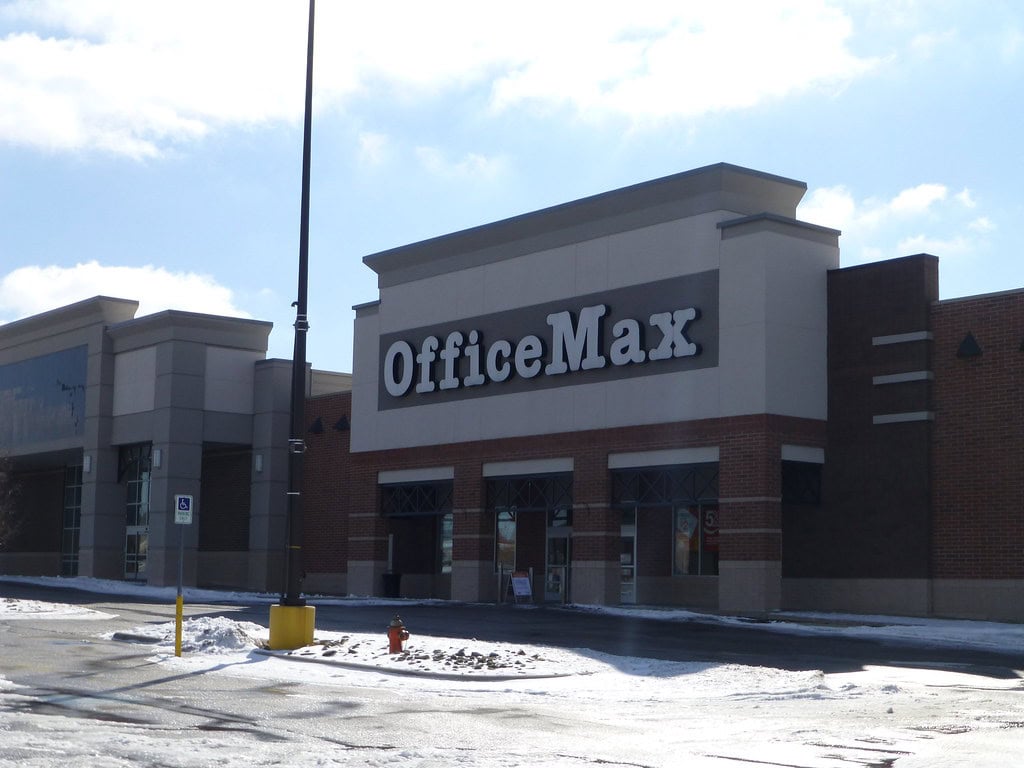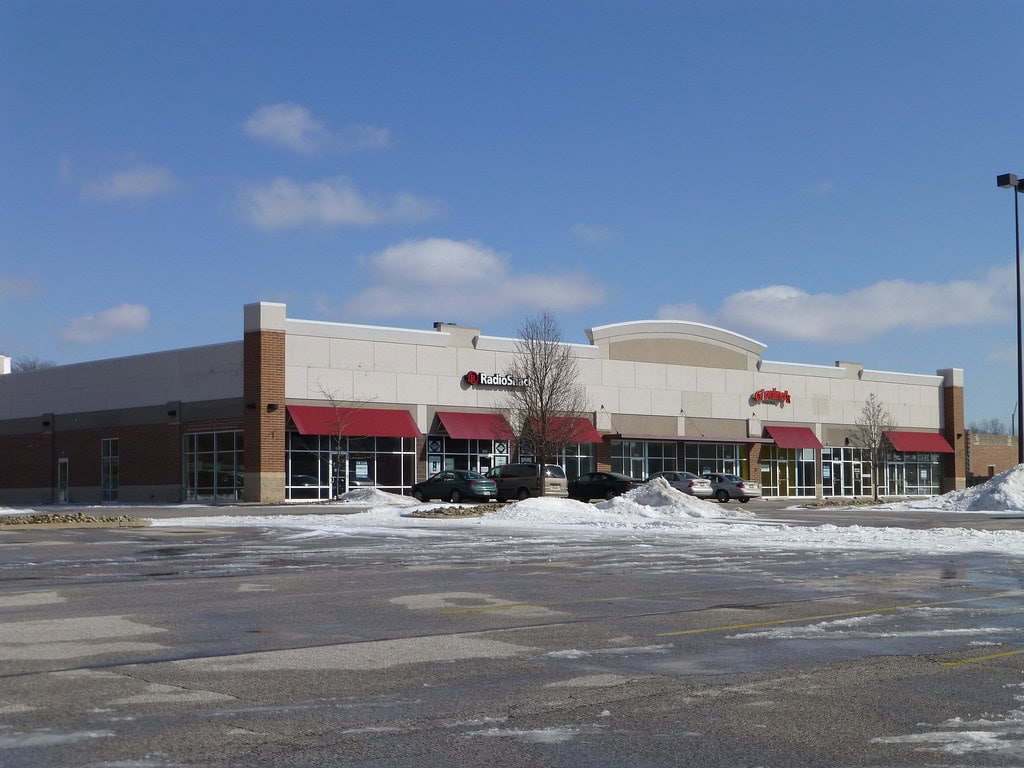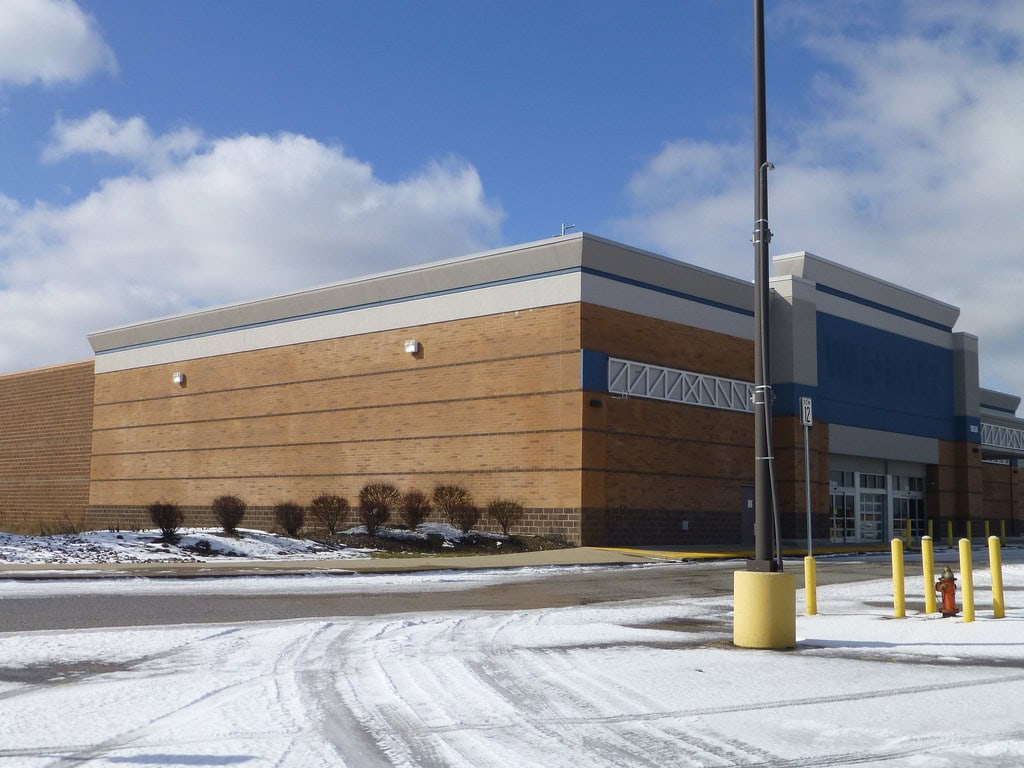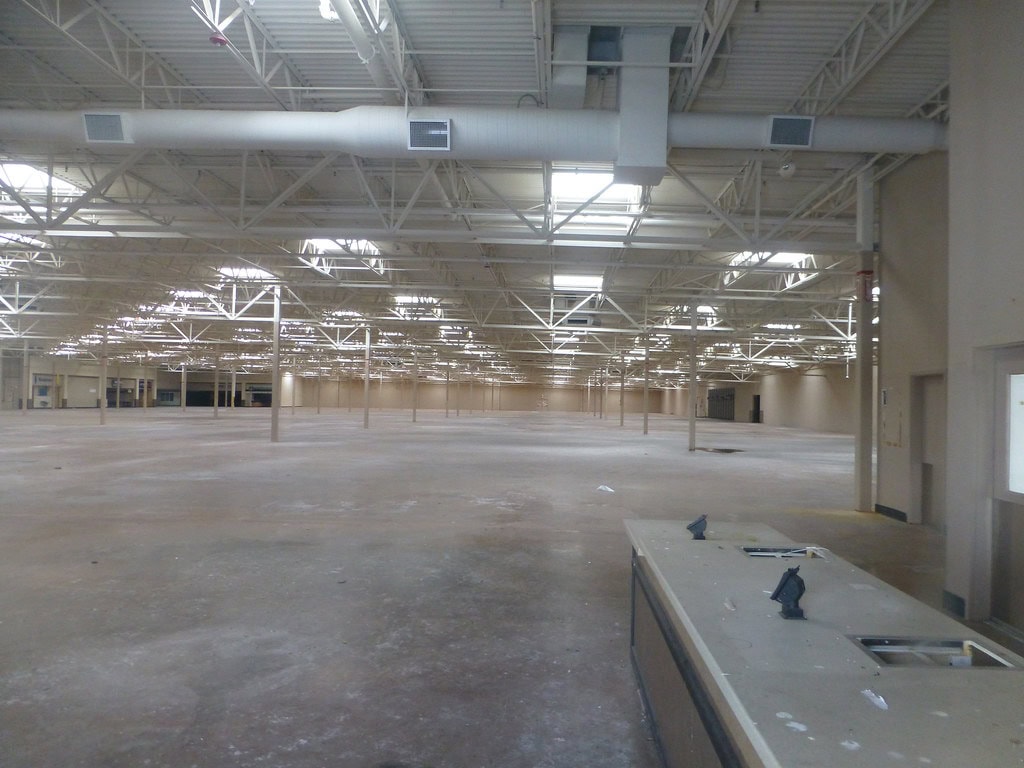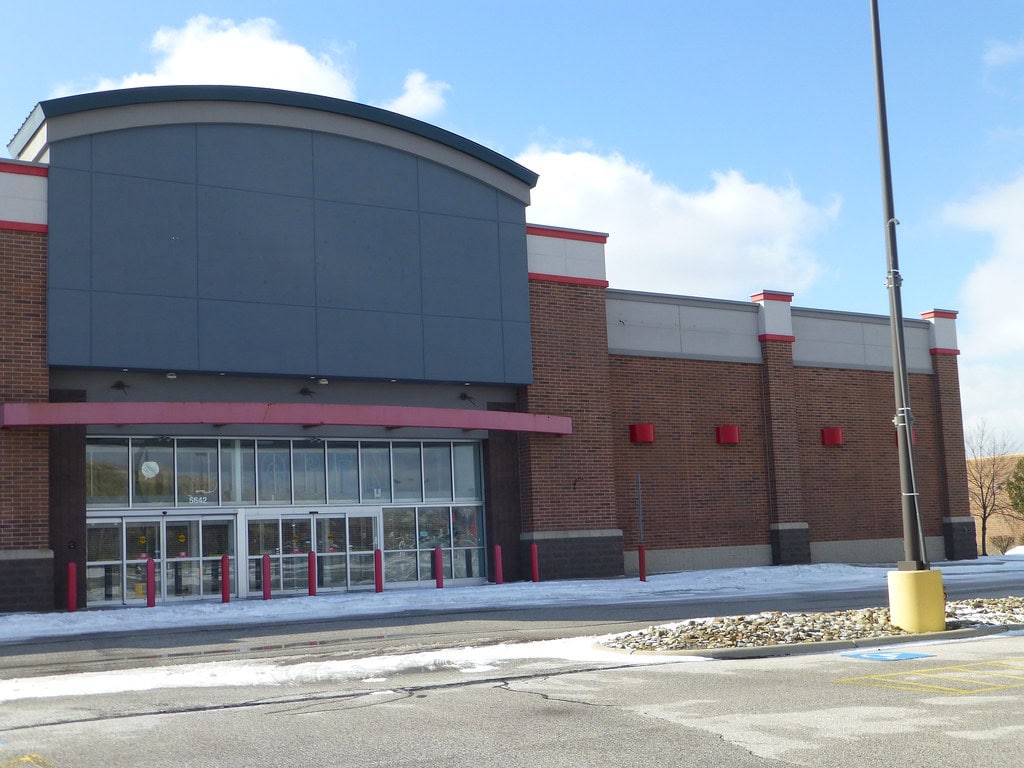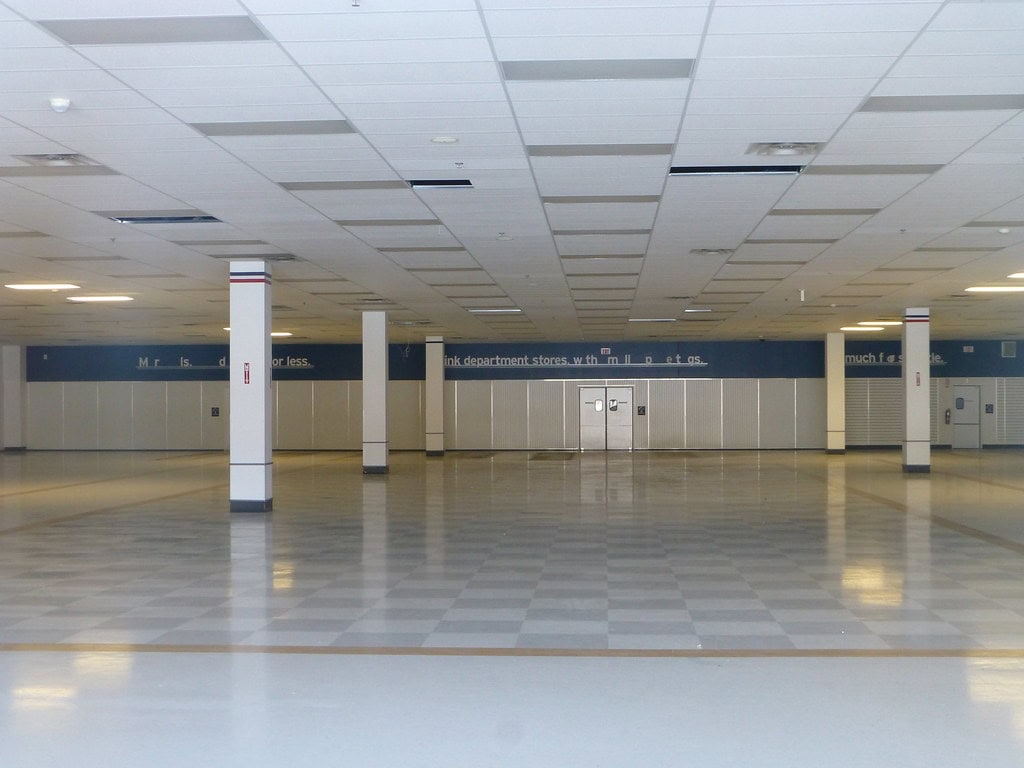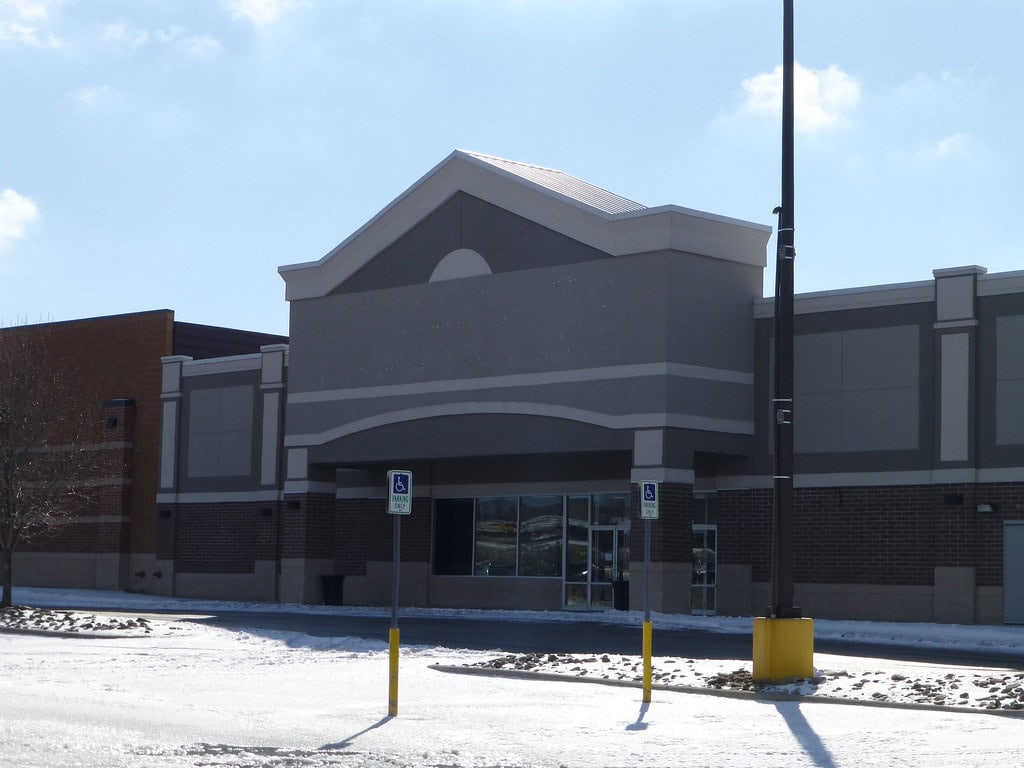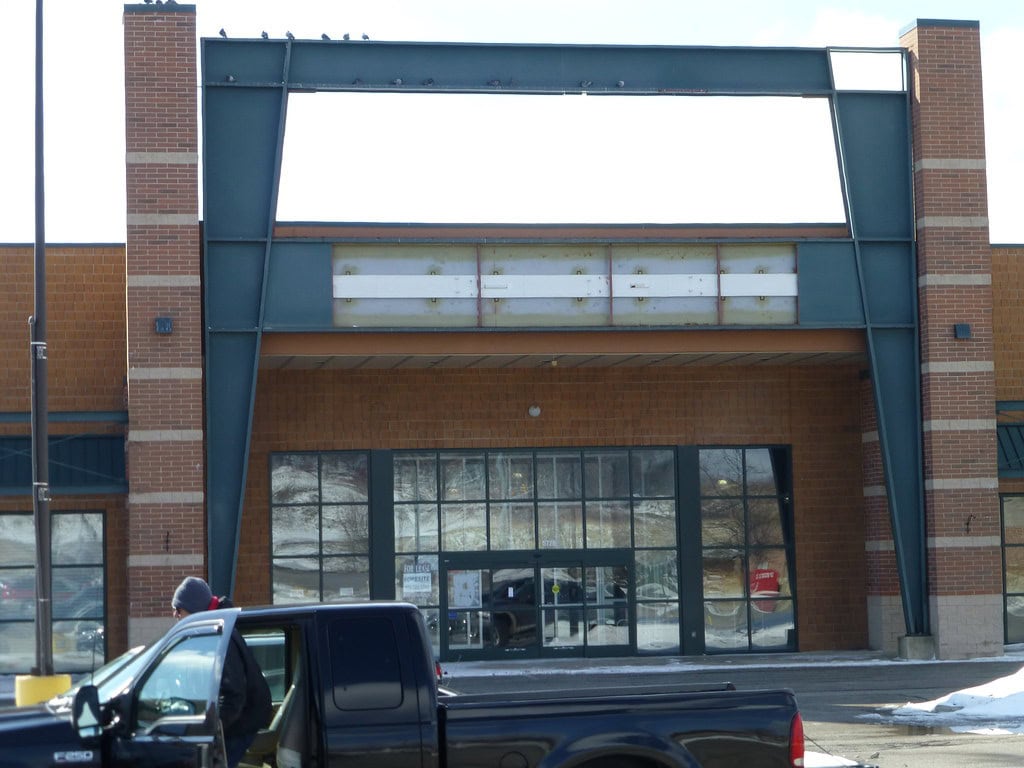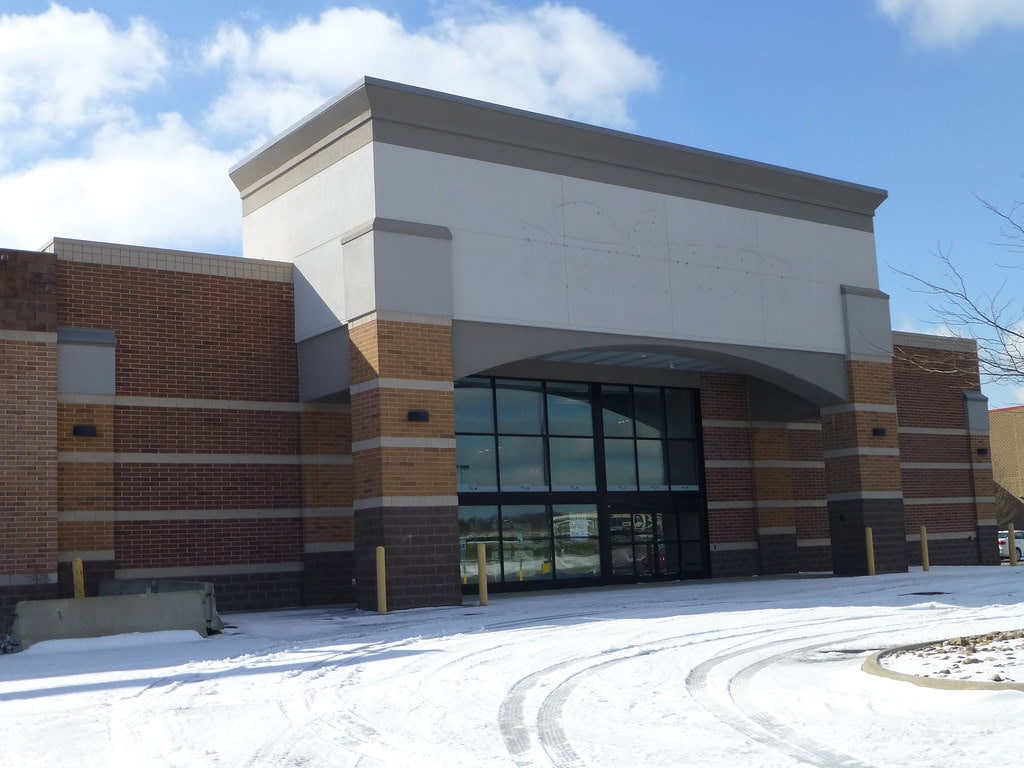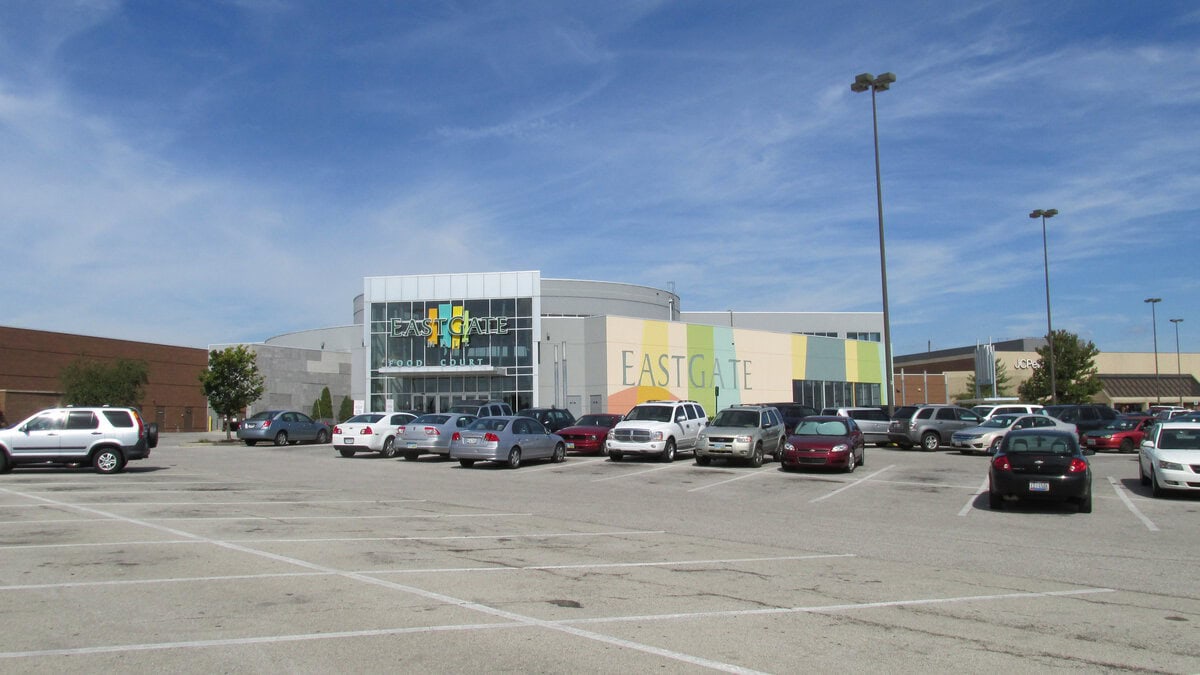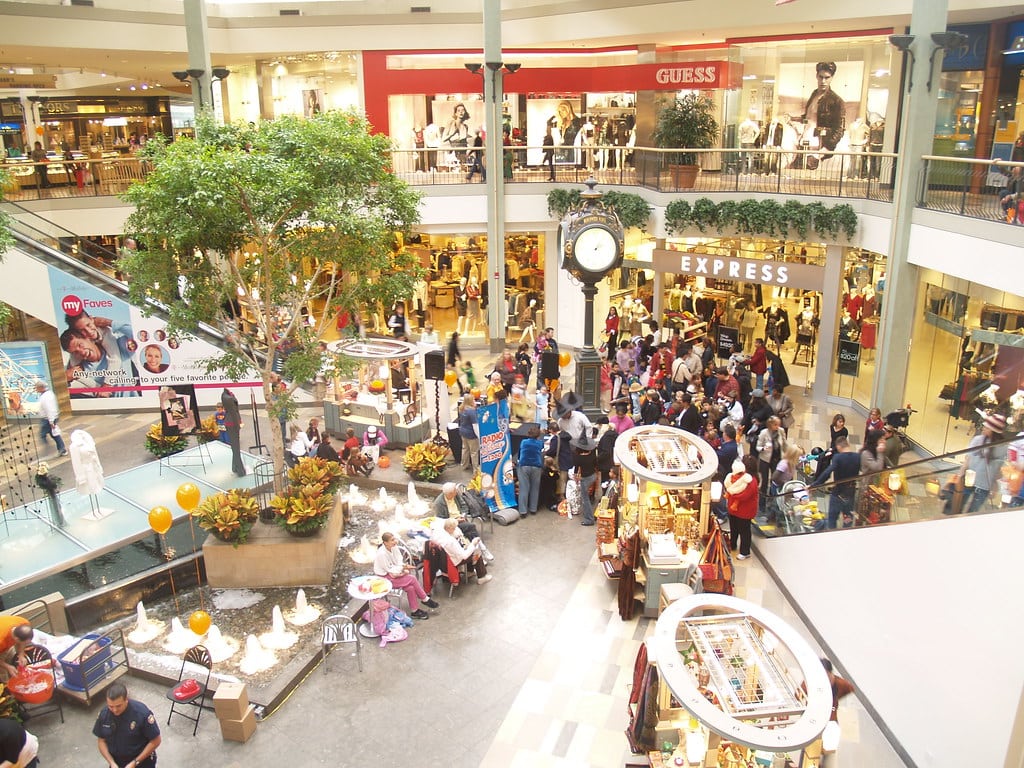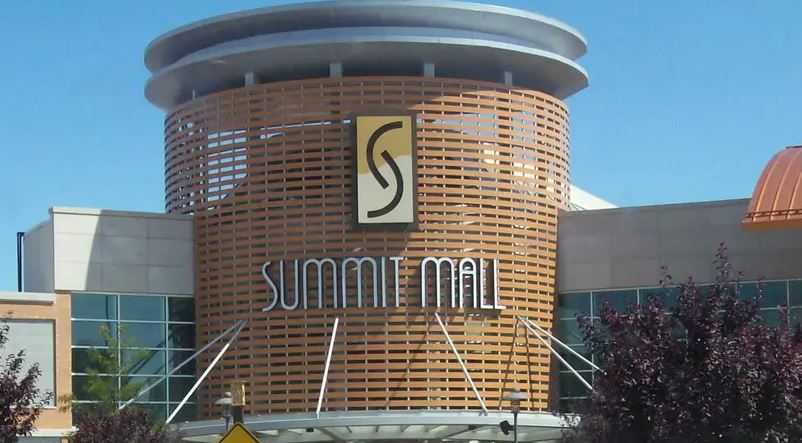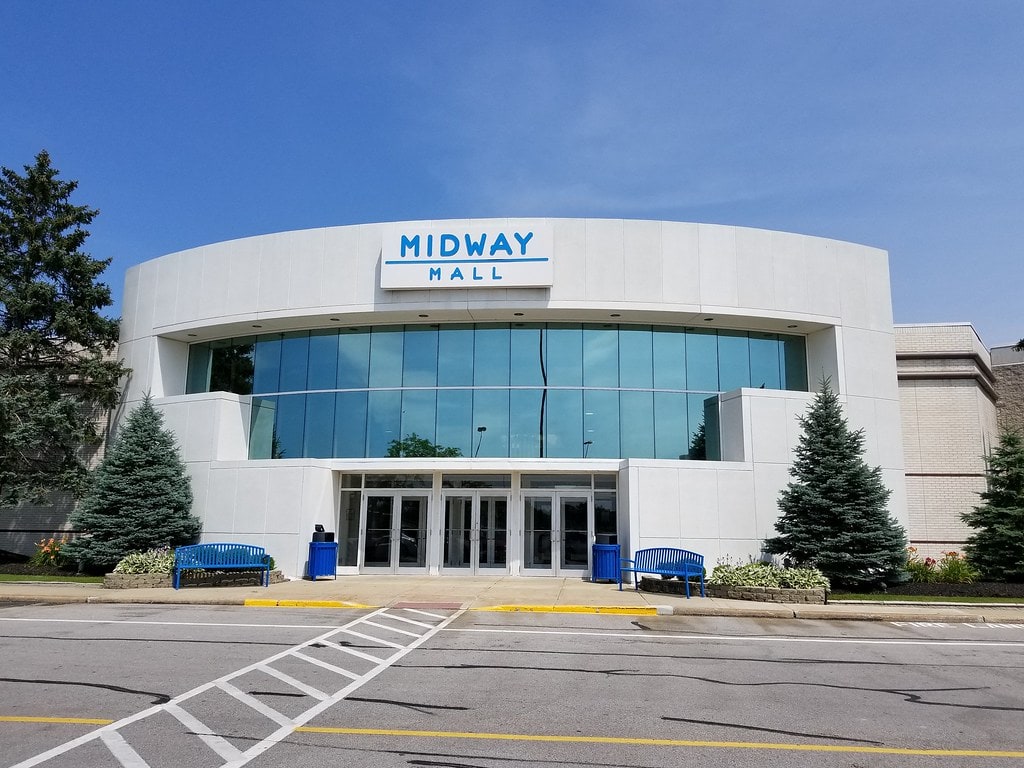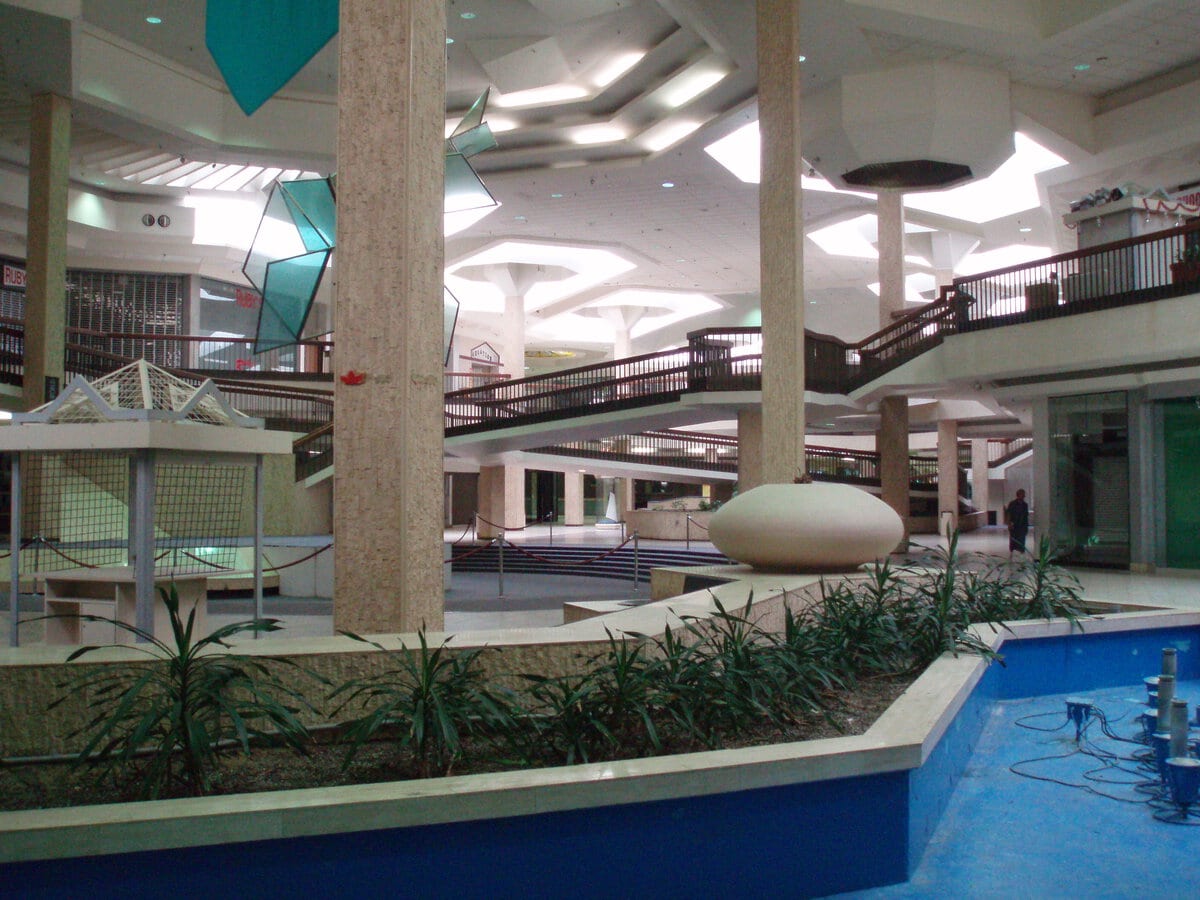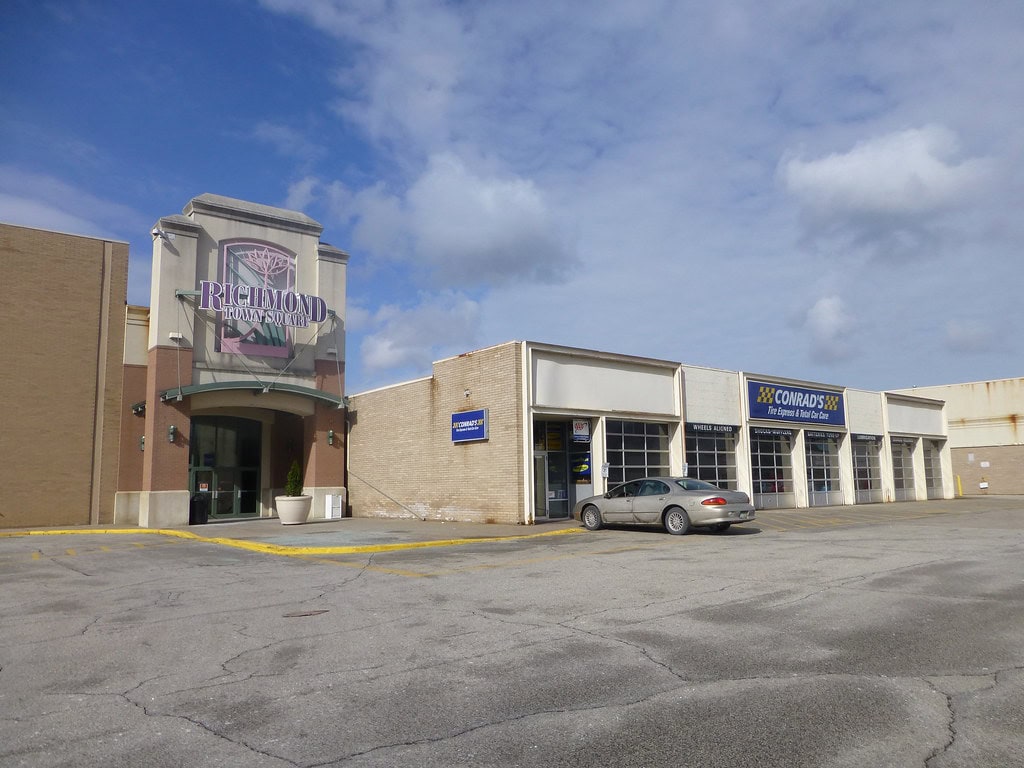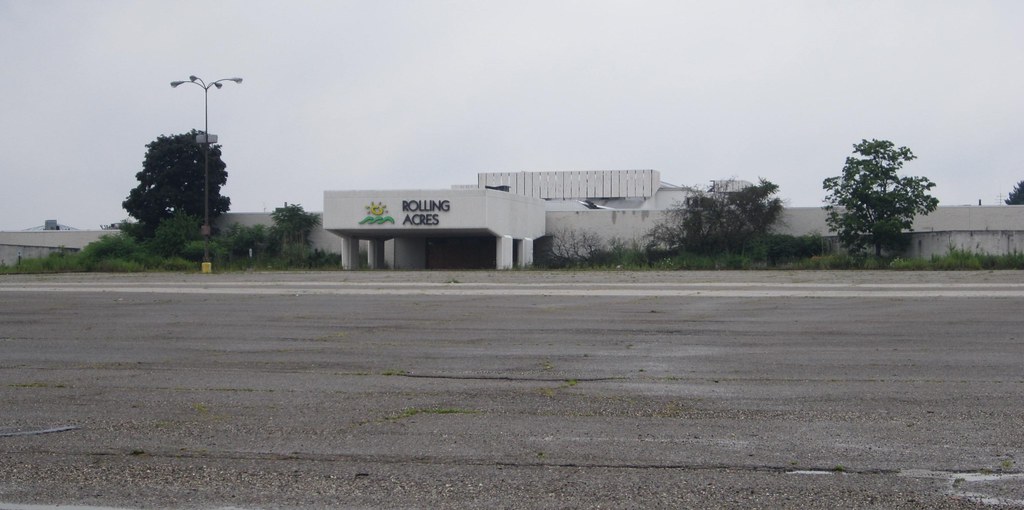Retail Promise on Unsteady Ground
City View Center opened in August 2006, two years after crews began clearing and leveling a landfill in Garfield Heights, Ohio.
The project came from developer John McGill, who aimed to turn a buried trash site into a 500,000-square-foot retail center.
Anchors like Walmart, Giant Eagle, Dick's Sporting Goods, and Bed Bath & Beyond set up first. Jo-Ann Fabrics, OfficeMax, A.J. Wright, and PetSmart filled in soon after.
Circuit City and RadioShack moved in, followed by Applebee's, Fatburger, Ruby Tuesday, Qdoba, and Steak 'n Shake around the plaza. FirstMerit Bank also opened a branch on-site.
Plans for a second phase surfaced early, with Chick-fil-A, Buffalo Wild Wings, Panera, and Home Depot rumored for the expansion. None of it broke ground.
The goal was to draw shoppers from across the region. The center had highway visibility and a location near other commercial corridors.
For a brief stretch, it landed on some lists of things to do south of Cleveland, Ohio.
But pressure from the ground below came faster than new foot traffic.
Behind the polished concrete and wide parking rows, the ground remained unstable.
Structural shifts began to show not long after the ribbon-cutting. Methane gas venting systems failed to keep pace.
Long before most shoppers even noticed, retailers had begun reviewing their lease clauses.
Lease Clauses and Retail Departures
Jo-Ann Fabrics pulled out first. That closure hit on April 23, 2008, less than two years after opening.
Five months later, Walmart shut its doors without warning.
The announcement came on September 15.
Executives pointed to structural concerns tied to the ground beneath the store: liquefaction, settlement, and persistent methane issues.
PetSmart followed. On October 2, 2008, the company confirmed its exit.
Their lease had tied operations to a future Home Depot, which never broke ground.
Without it, the terms no longer held. Circuit City closed next, but for different reasons.
On December 31, 2008, the national chain shut down amid its corporate liquidation.
A year later, Bed Bath & Beyond left the plaza. In early 2010, Dick's Sporting Goods did the same; its last day was January 2.
Foot traffic thinned fast. By then, a few fast-casual restaurants and the remaining retailers were holding on.
The idea of a new convention center briefly made the rounds in March 2010, pitched for the empty Walmart box.
That plan faded too. The sales floor at Bottom Dollar Food, which opened in late 2009, stayed open less than a year.
That store closed for good on November 11, 2010.
Shrinking Tenant Mix, Shaky Returns
In December 2010, TJX Companies rebranded the A.J. Wright store to Marshalls.
The move followed a broader corporate shift, but Marshalls didn't last long either.
That store shuttered in 2013. OfficeMax made its exit two years later. On November 14, 2015, the company confirmed it would leave the plaza.
Retail closures had become routine by then, one after another, with little reuse.
FirstMerit Bank stayed open until 2017. Its closure followed Huntington's acquisition.
Huntington already had branches nearby, and the FirstMerit building became surplus.
The bank's ATM stayed in place at Giant Eagle, still operating into 2025.
Steak 'n Shake went quiet in April 2019. That closure came down to issues inside the chain, not just the plaza.
New business models, shifting leadership, and tighter margins pulled locations off the map across the region.
Qdoba and Ruby Tuesday had already left before that. Applebee's remained, but most of the surrounding retail traffic was gone.
By that point, Giant Eagle stood mostly alone among the original anchors.
The restaurant outlots still turned some business, but the bulk of the retail square footage sat dark.
The parking lots cracked, the storefronts emptied out, and the second phase plans never returned.
Missed Bids and Defaulted Loans
By February 2018, the old storefronts were no longer drawing retail interest.
City officials floated the idea of turning them into city offices: police, court, maybe the jail.
The buildings were still standing, most of them stripped out and shuttered.
The idea didn't go far. No votes, no budget, just a line item in conversation.
Three months later, the story turned. In May 2019, City View LLC missed on an $81 million loan. The entire property went into receivership.
Warehouse Logic and the Name Change
In April 2020, Industrial Commercial Properties took over the site's mortgage.
They didn't pitch retail. They drew up warehouse space, logistics access, and distribution centers.
No carpet. No display racks. They called it Highland Park.
Demolition wasn't total, just selective. Some buildings were left intact. Others were gutted. The Walmart space became a blank shell. OfficeMax too.
Crews cleared storefront signage, scraped adhesive off the glass, and blocked off entrances that had once held double doors and greeters.
No more flyers. No more carts.
The leasing materials dropped all retail references. EMX Industries took over the OfficeMax space.
The MPAC Switchback and Moxillo are set up inside the old Walmart building.
Innoplast went into the former Marshalls, which had once been an A.J. Wright.
By 2021, the conversion was done. The plaza had a new name, a new layout, and a tenant list that didn't depend on shoppers.
It still sat on the same buried landfill. But now the buildings weren't waiting on foot traffic - they were built for business.
However, one corner stayed retail. Giant Eagle kept its grocery business open. Applebee's also never left.
But most of the original site map had been replaced by tenant lists tied to light manufacturing or logistics.
Offices are located between loading bays. Delivery routes replaced cart returns.
New Builds and a Sport Nobody Expected
On August 19, 2022, Goodwill held a ribbon-cutting. The new store opened inside the former PetSmart unit.
The lights came on again. The signage got installed the night before.
People walked in through the same glass doors that had been dark since 2008.
Then came MTech. They joined the tenant list in June 2024. Their unit was part of the original mall.
It had been stripped back to concrete and reworked during the redevelopment.
A year later, something different happened.
On July 18, 2025, city officials announced that Padel Square would open a new sports facility at Highland Park.
The news came out of Garfield Heights' Economic Development Business Breakfast. No date was listed for construction.
Still, it marked the first time a recreational tenant would appear at the site since the early 2000s.

